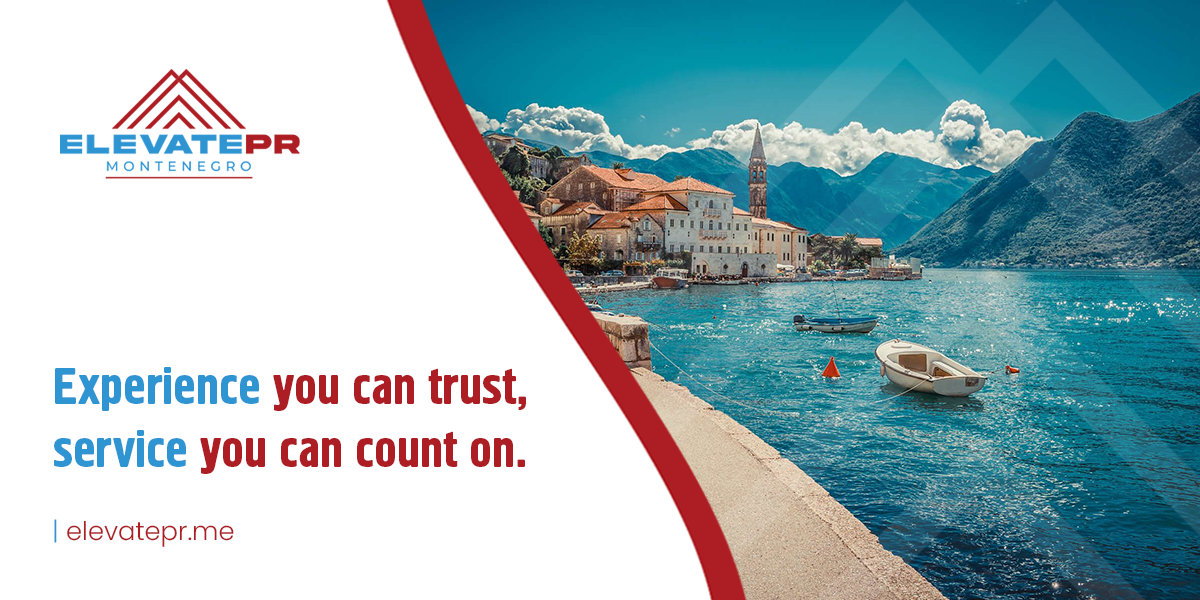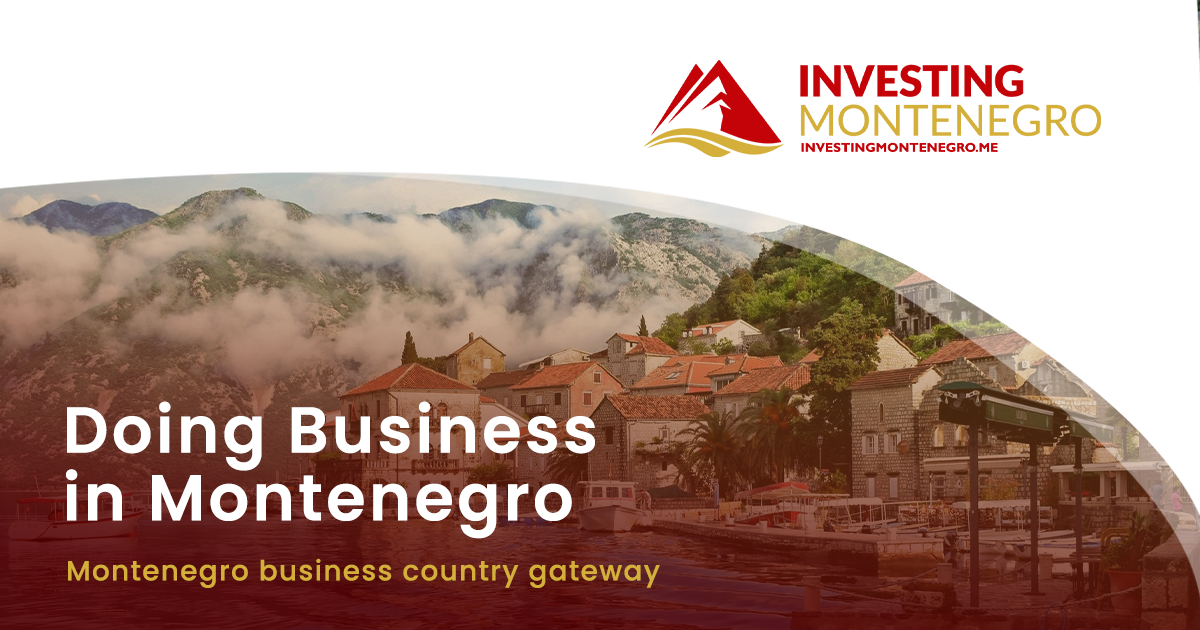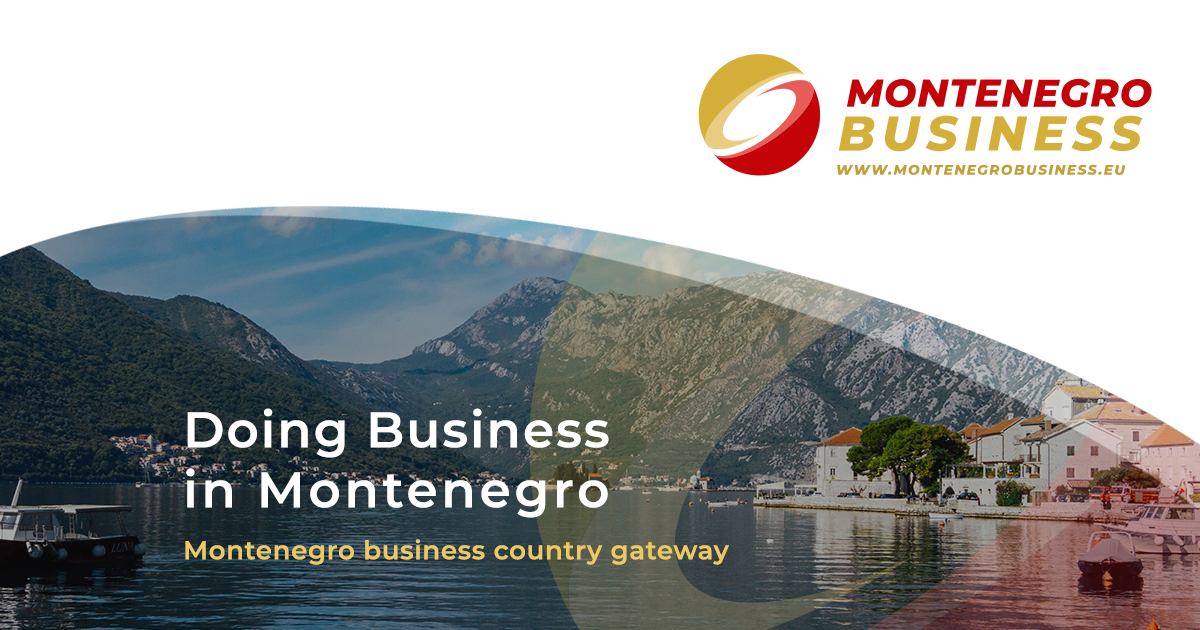From golden beaches to cobblestone towns, Montenegro is the underrated European gem that should be on everyone’s radar. Here Jonathan Wiggin shares his picks of the best places to visit within the country.
If I could go back in time, instead of landing in Montenegro 10 years ago on a rainy winter’s night on a plane from Moscow, I would choose to arrive under a summer sun. I’d recline on the deck of a classic sailing yacht, a glass of Champagne in hand, to experience the perfect combination of awe and self-satisfaction as the boat breaches the narrow strait that marks the entrance to the majestic Bay of Kotor. Here the sky and sea are the same clear blue as the cupola of an island church ahead of me, and limestone mountains rise like ancient walls on every side, just a narrow fringe of terracotta-roofed village houses, small beaches, merchants’ palaces and the bobbing masts of moored boats dividing them from the clear, calm water in which they cast their rippling reflections.
I spent much of the last 10 years living in a Montenegrin village. While for me what makes the country special is the wild beaches, hidden paths, and locals endlessly inviting me to join them for moonshine far too early in the day, I also love the world of superyachts, trendy boutiques and beach clubs just 20 minutes away.
There is a slower approach to life here, and beyond its breath-taking landscapes and a rich cultural heritage that combines Orthodox, Catholic, Italian and Ottoman influences, Montenegro offers a sublime synthesis of modern comfort and rural charm not yet rubbed overly smooth by the passage of a surfeit of tourists, making it somewhere you should put near the top of your list of places to visit for a summer holiday this year.
To help you plan, here are some of the best places to visit in Montenegro.
Kotor and the bay
Presiding over one of the world’s most perfect natural deep-water harbours – at the end of an inland bay that gives any Norwegian fjord a run for its money – Kotor’s cobbled streets, Venetian Republic palazzi, ancient town walls and eponymous fortress are unmissable. Beyond the walls, a string of white stone villages made up of sailors’ and fishermen’s cottages and the imposing homes of their captains. The beautiful churches where they prayed for a safe return before each voyage hug the shore of the bay.
Things to do in Kotor
Stroll around the walled old town and take a break under a stately poplar tree planted after the great earthquake of 1667 in quiet Cinema Square before heading up a narrow alley of 16th-century houses. Make your way up the 1,350-odd steps to the top of the fortress that looms 280 metres above the town, before taking a slow drive along the coast to the village of Stoliv with its extravagant Italianate Church of the Mother of God. Make time for lunch at waterside Mademoiselle on your way.
Where to stay in Kotor
In a renovated 17th-century building in Kotor old town, the small boutique Hotel Hippocampus has smart rooms in an excellent location. A mile or two around the bay in the picturesque coastal village of Prčanj, Palazzo Sbutega (pictured) is an exquisitely restored seafront home with a serene stone-flagged courtyard with a swimming pool. Five metres from the front door is a private pontoon on the seafront for lounging and swimming. Rent one of the five guest rooms or take over the whole house if you’re travelling in a group.
Perast
Montenegro is a nation of sailors and highlanders, and Perast, which commands the entrance to the Bay of Kotor, is its maritime soul. Peter the Great sent his nobles here to learn to sail when he founded the Russian navy and, at the town’s height, the waters around Perast bristled with the masts of nearly four hundred warships and merchant’s vessels. The splendour of the tiny town reflects this bygone prowess, and an astonishing sixteen churches jostle for space with the grand baroque stone palaces of merchant princes, bishops and admirals and the towers built to protect them.
Things to do in Perast
If you are driving, stop on the way at Luka’s Oyster Farm by nearby Ljuta, for fresh oysters with a glass of local white wine. Take a quick look around the small Perast town museum before hopping on one of the regular boats across to Our Lady of the Rocks. The 17th-century church was built on the Adriatic’s only artificial island, created – according to legend – from over two hundred years of sailors dropping rocks in the sea following the discovery of an icon of the Virgin Mary on a rocky outcrop at the spot in 1452.
Where to stay in Perast
The restaurant at Hotel Conté, with seating on the elegant seafront looking out at Our Lady of the Rocks, is hard to beat. Inside, modern rooms are spread over several historic buildings in the centre of the town. Request a room with a sea view and you won’t be disappointed.
The Luštica peninsula
Despite being just 20 minutes from an international airport, the charmingly rural Luštica peninsula was only joined to the mainland by a paved road in the 1970s and since then the pace of development has remained mercifully slow. At night jackals call to each other in the dense maquis beyond the terraced olive groves, while during the day turtles amble across the narrow, winding road that loops around the peninsula, connecting its handful of small hillside hamlets. This is where locals sell homemade fruit brandy, wine and delicious pršut (Montenegrin prosciutto), and rocky tracks descend through shady umbrella pines to secret beaches and hidden Yugoslav submarine tunnels.
Things to do on the Luštica peninsula
Take a swim out to the island monastery of St. Vavedenje, off wild Arza beach, and then eat some of the best seafood on the Adriatic at Ribarsko Selo (pictured) – sweeping Žanjice beach is just around the corner. Enjoy a quad-bike tour of the peninsula and clamber around the massive abandoned Austro-Hungarian Kabala fortress just off the road to Rose. Finish your day with a sundowner and grilled squid at the laid-back Adriatic Tavern as you watch the water turn to gold.
Where to stay on the Luštica peninsula
Book into the sprawling and family-friendly The Chedi, which overlooks the Adriatic and Montenegrin riviera, and has its own private slice of nearby Luštica Bay beach. For something more boutique, Villa Stari Mlin (pictured) is a beautifully renovated 400-year-old traditional Montenegrin farmhouse, with five bedrooms, a 10-metre private pool, gardens and 180-degree views of the sea and mountains.
Herceg-Novi
Close to the Croatian border and in the shadow of the Orjen mountain range, the vibrant small town of Herceg Novi cascades down a steep hill. Within its limits is a jewel-like neo-Byzantine church of the Archangel Michael that combines Gothic and Romanesque details, a 17th-century Spanish fortress, a 14th-century Bosnian castle and the 16th-century Ottoman Kanli Kula fortress, which in summer hosts excellent film, theatre, guitar and opera festivals in its open-air amphitheatre. Head down to the bustling small port by the sea for lunch at Konoba Feral, where succulent octopus is cooked in traditional Montenegrin fashion under a bell on open coals.
Things to do in Herceg-Novi
Book a wine tasting with a view out to sea at the beautiful Savina vineyard, next to the monastery of the same name, or take a private boat tour to the Blue Cave on the nearby Luštica peninsula. Finish the day with supper at the family-run Sikimić Tavern (bookings essential at least two days in advance), located in the ancient hill village of Žlijebi at 700m above sea level and with views of the whole Montenegrin coast stretching to the horizon.
Where to stay in Herceg-Novi
On the edge of town, Hotel Lazure is centred around a restored 18th-century Venetian Lazaret, and has smart rooms, a spa with a large indoor pool, and a beautiful stretch of private beach.
Lake Skadar
A short drive from the coast, Lake Skadar is the largest lake in the Balkans and sprawls spectacularly in a bowl of mountains astride the Montenegrin-Albanian border. The sloping southern shores of the lake are dotted with mediaeval Orthodox monasteries and small family vineyards, while the lake itself is home to an astonishing variety of birds and wildlife.
Things to do in Lake Skadar
The best way to explore the lake is to rent a kayak in the picturesque lakeside town Virpazar. While there, taste wines and brandies together with local cheese and cured meats at the family-run Buk Winery. A great day trip is to take a drive along the southern shore of the lake through small fishing villages before going for a swim at the sandy Murići Beach (pictured), with a view out to the working 14th-century Beška island monastery.
Where to stay in Lake Skadar
Lake Skadar can easily be visited in a day from the coast, but if you want a Montenegrin experience, I recommend the simple rooms of the lovely Pejanović family’s Villa Mond in the tranquil village of Limljani, where you will be plied with traditional homemade Montenegrin food, and wine from the family vineyard.
Sign up for business news updates & special reports.
Source: Conde Nest Traveller











